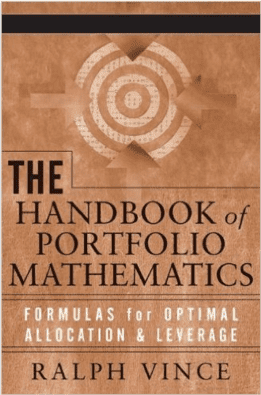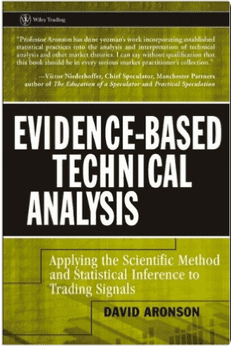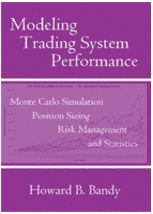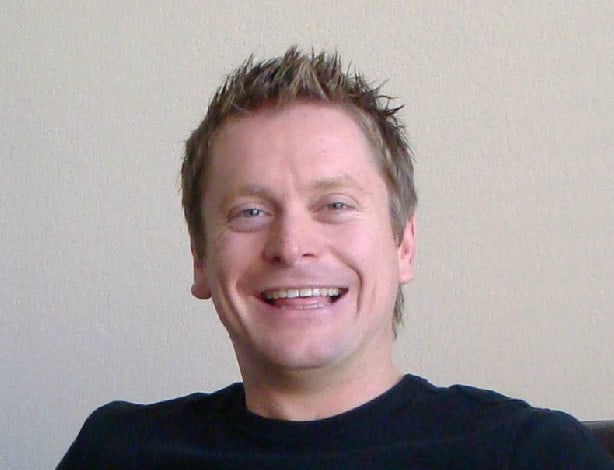
Creating robust trading strategies can be a difficult task, sometimes taking months or even years to generate something you find acceptable.
Even then, once you start trading it live there is no guarantee it’ll work in the future.
With strategy creation being such an involved process at times, how would you like it if you could just tell the computer the results you wanted and let it figure out the trading rules? Is it actually possible to create robust trading strategies that way?
In this episode Michael Bryant from Adaptrade talks to us about automatic code generation, methods to exploit trade dependency and techniques to trade the equity curve.
Michael has been trading the markets since 1994, providing trading systems for the futures markets and even managing money as a CTA.
He is founder of Adaptrade, a company which provides innovative software tools for individual and professional traders.
In this episode we discuss
- The traditional approach to creating trading systems and issues caused by this approach
- Potential areas of improvement in traditional approaches to system development
- Evolution of the strategy creation process
- Genetic programming and optimisation and it’s use in trading strategy creation
- The advantages of automatic code generation
- Measuring and reducing over-fitting when using genetic optimisation techniques
- Addressing concerns with removing human logic from the strategy development process
- Degrees of freedom and the impact if can have on strategy results
- Trade dependency, how to detect it and methods to exploit it
- Trading the equity curve based on trade dependency and trading style
- Which stage of the strategy creation process to include position sizing
- Common position sizing mistakes traders make
Show your support
While you’re listening, it would be great if you could show your support by leaving a brief review of the podcast in iTunes. This really helps to spread the word and reach even more listeners!
Resources mentioned in this episode
- Mike can be followed on his website Adaptrade.com, where you can download free trials of his Builder and Market System Analyser software.
- If you’d like to know more about Trade Dependency, check out this article, it explains how to measure it and possible ways to exploit it.
- Here is an article that explains trading the Equity curve
- Recommended books:
Quotes
Top tips from this episode
Here are few of my favourite takeaways from the chat with Mike this week:
- Trade dependency – This is a concept that some may not consider when analysing their strategy results but Michael explained some possible methods of exploiting it, so if you’d like to know more information, including how to measure it and several ways it could be exploited at significant levels, check the resources section just above, I have a link to more information there.
- Equity curve trading – We’ve covered that a little in previous podcast episodes but it’s always interesting to hear some of the different ways this can be accomplished, especially when it’s based on trade dependency, if you’d like to know more about it I’ve included a link to more information in the resources section above.
Got A Question, Topic or Guest you want to see on the Podcast?
Do you have a specific question, topic or guest you’d like to see on a future podcast episode?
Click here and submit your suggestion for a chance to have it featured on an upcoming podcast episode.
Get the Transcript
Subscribe to Better System Trader and never miss another episode!
Please support the podcast by giving an honest Rating/Review for the show on iTunes!








